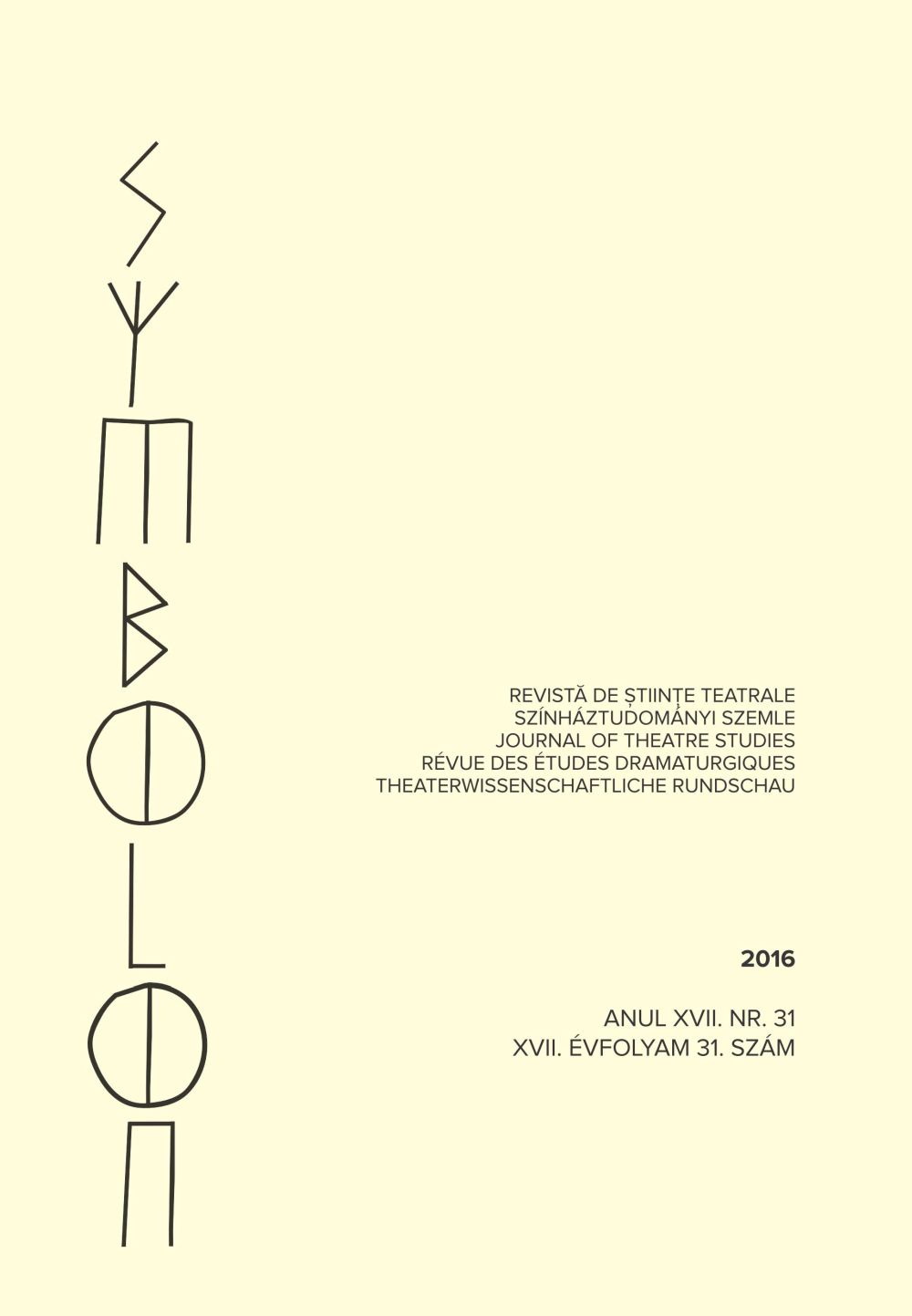Reorganizing the Vanishing Point in the Classroom – Theater and Improvisation in Finnish Grammar Teaching
Reorganizing the Vanishing Point in the Classroom – Theater and Improvisation in Finnish Grammar Teaching
Author(s): Anja KeränenSubject(s): Theatre, Dance, Performing Arts, Fine Arts / Performing Arts, School education
Published by: UArtPress - Editura Universității de Arte din Tîrgu Mureş - A Marosvásárhelyi Művészeti Egyetem Kiadója
Keywords: applied linguistics; Finnish as L2; drama grammar; theater semiotics; improvisation;
Summary/Abstract: Theatre and drama methods are moving outside the walls of theatre both in different forms of participatory theatre and in the case of cultural and social performances. The reorganization of the vanishing point in theatre can be seen in education, in classrooms examining the possibilities of theatre and drama as part of teaching and learning. Using theatre as a method in learning a new language engages the students in seeing language outside of their everyday roles, but simultaneously utilizing their whole being and bodies as a part of their linguistic performance. In Finnish language teaching as a foreign and as a second language, the focus has been traditionally set on teaching grammar through writing, on learning the different grammatical cases and rules through written exercises. The learning of a new language is evaluated through the written performance made by language students, and language learning remains written, unilateral and distant from the real use of the language. In my PhD project, I am researching the impact of using certain techniques, e.g. drama grammar by Susanne Even, when teaching Finnish as a second language. My pedagogical aim is to improve the way in which students learn different grammatical phenomena when studying Finnish. My research focuses on teaching Finnish at the Babeș-Bolyai University using improvisation practices, drama methods and kinesics alongside more traditional language teaching methods. In my paper, I will focus on the concept of language and the language of the theatre through theatre semiotics by Keir Elam (1980). Learning a new language happens through the collaboration of gestures, bodies, tones and voices – not just language structures. Theatre has its own language of forms, which can be utilized in language learning and teaching. In addition, I will present some of the exercises I use in my Finnish language teaching sessions - from improvisation philosophy and methods by Keith Johnstone (1979, 1999), Gary Peters (2009), to the use of drama grammar, as defined by Susan Even (2004, 2011). The goal in my research is to demonstrate that the traditional grammar teaching methods used in classrooms today can be significantly improved through the use of kinesthetic learning techniques that incorporate motion, sound and improvisation throughout the entire learning process. My theoretical framework comes from functional language learning as defined by John Biggs (2003) and Yrjö Lauranto (2011), in which the premise for language learning is based on the functional use of language through improvisational practices instead of relying solely on the declarative knowledge of grammar.
Journal: SYMBOLON
- Issue Year: XVII/2016
- Issue No: 31
- Page Range: 122-128
- Page Count: 7
- Language: English

